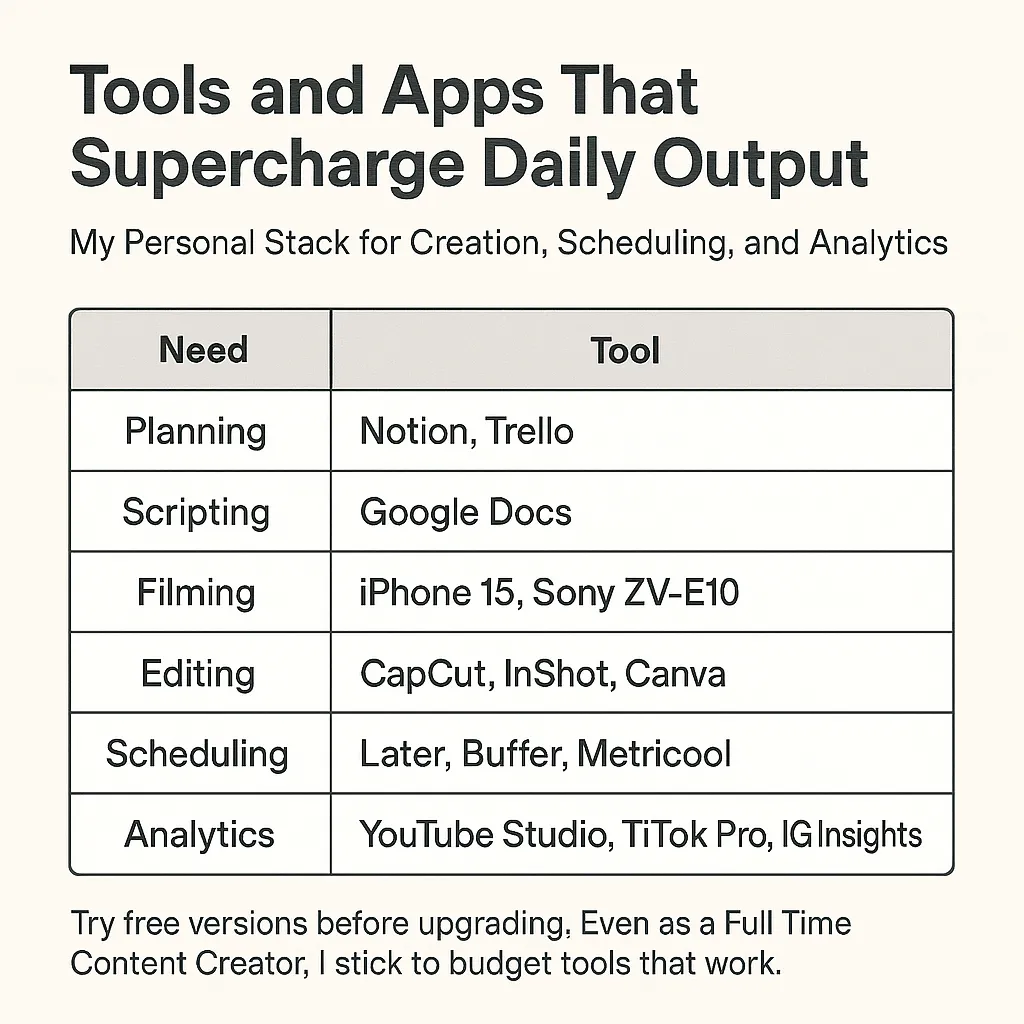
What Metric is Concerned with Website Traffic? A Guide to Key Website Analytics
How to Analyze Website Traffic Metrics for Growth
Website traffic is one of the most important indicators of your online success. But what metric specifically measures traffic? Metrics like sessions, pageviews, unique visitors, and traffic sources are critical for understanding how people interact with your site and where they come from.
In this guide, we’ll explore the metrics concerned with website traffic, what they mean, and how to use them effectively to improve your site’s performance.
Key Metrics That Measure Website Traffic
Several metrics work together to give you a complete picture of your website traffic. Let’s break down the most important ones:
1. Sessions
A session represents a single visit to your website. It begins when a user enters your site and ends after 30 minutes of inactivity or when they leave.
Why It Matters: Sessions show the volume of visits and help you track overall site activity.
Example: If your site gets 500 sessions a day, you’re seeing 500 separate visits, regardless of how many pages users view.
2. Pageviews
Pageviews count the total number of pages viewed by visitors.
Why It Matters: This metric indicates how engaging your content is and how deeply users explore your site.
Example: If each visitor views an average of 3 pages per session, it shows strong content engagement.
3. Unique Visitors
Unique visitors refer to the number of individual users visiting your site, as identified by cookies or IP addresses.
Why It Matters: This metric gives insight into your reach and audience size.
Example: If your site has 1,000 sessions but only 700 unique visitors, some users visited more than once.
4. Traffic Sources
Traffic sources reveal where your visitors come from, broken into categories like organic search, social media, direct traffic, referrals, or paid ads.
Why It Matters: Understanding traffic sources helps you optimize marketing efforts.
Example: If 60% of your traffic comes from organic search, your SEO strategy is working well.
5. Bounce Rate
Bounce rate measures the percentage of users who leave your site after viewing only one page.
Why It Matters: A high bounce rate indicates issues with content relevance or user experience.
Example: If your bounce rate is 80%, it may be time to revisit your landing page strategy.
6. Average Session Duration
This metric tracks how long visitors spend on your site during a session.
Why It Matters: Longer session durations often indicate that visitors find your content valuable.
Example: An average session duration of 3 minutes suggests users are engaged with your content.
7. Click-Through Rate (CTR)
CTR measures how often users click on a link, such as in an email, ad, or search result.
Why It Matters: CTR shows the effectiveness of your CTAs and campaigns.
Example: A 5% CTR on a search ad is considered strong.
8. Conversion Rate
This tracks the percentage of visitors who complete a desired action, such as signing up for a newsletter or making a purchase.
Why It Matters: Conversion rate measures how effectively your site turns visitors into customers.
Example: A 3% conversion rate means 3 out of every 100 visitors completed your goal.
How to Monitor Website Traffic Metrics
Use analytics tools to measure and analyze your website traffic effectively:
1. Google Analytics
Tracks sessions, pageviews, bounce rates, and more.
Provides detailed insights into user behavior and traffic sources.
2. SEMrush
Offers traffic analytics along with SEO and competitor insights.
Helps identify high-performing keywords and backlink opportunities.
3. Ahrefs
Focuses on organic traffic, backlinks, and keyword performance.
4. Hotjar
Provides heatmaps and user behavior tracking for better UX insights.
Real-Life Examples of Using Traffic Metrics
1. E-Commerce Success
An online store noticed high traffic but a low conversion rate. By analyzing traffic sources and improving their product pages, they boosted conversions by 20%.
2. Blog Growth
A content creator tracked organic traffic and found that specific keywords were driving the most visits. Optimizing similar content increased organic traffic by 40%.
3. Local Business Optimization
A small business used Google Analytics to discover that most traffic came from mobile devices. They optimized their site for mobile and reduced bounce rates by 30%.
How Lookhin4 Helps You Track Website Traffic Metrics
Lookhin4 integrates with tools like Google Analytics and SEMrush, making it easy to track and analyze your traffic. Whether you’re managing a small business site or an online store, we provide actionable insights to help you grow.
Our Features Include:
Built-In Analytics: Monitor sessions, traffic sources, and conversions in real-time.
SEO Optimization: Identify and target high-performing keywords to drive more organic traffic.
Custom Reports: Get insights tailored to your business goals.
Conclusion: The Importance of Traffic Metrics
Metrics like sessions, unique visitors, and traffic sources are critical for understanding your website’s performance. By monitoring and optimizing these metrics, you can drive more traffic, engage your audience, and achieve your online goals.
Click Here to Start Tracking Your Traffic with Lookhin4 Today



















